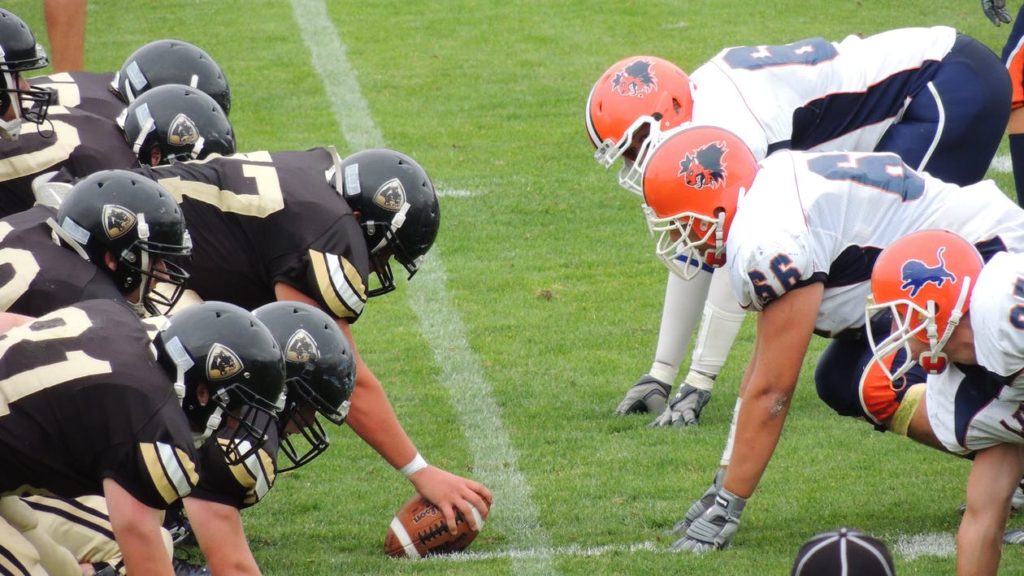
American college football and pro football is pretty much the same thing. Both leagues follow the same rules in terms of how their teams get points, how many players can be on the field, what the penalties are, and how the game works overall. However, Jack Elway is keen to point out the key differences between the two types of football as well, not in the least because this enables fan to gain enjoyment from both.
Jack Elway on Clock Management
College and pro football both use the same time regulations and both play for two halves of two quarters each. However, there is a difference in the two minute warning:
- For pro football, it relates to clock stoppage and automatic timeout with two playing minutes in either half.
- For college football, the clock continues to run after the two minute mark, just as it would if it was in the 1stor 3rd
Furthermore, the “first down” is different:
- With pros, the clock runs if a first down can be made by the team.
- With college, the clock stops until the ball has been put in the right spot by the referee and they have blown the whistle.
Overtime
The rules of overtime differ significantly:
- In pro, 15 minute overtime is played if it is a tie at the end of the game, based on sudden death.
- College football has much more exciting and unique method. No running clock exists and each team has the ball on offensive once. If, after both have had a go, there is still a tie, another overtime round starts. This keeps going until there is a clear overall winner.
The Rules
Next, there are some minor differences between the rules of the game, although many of them are wholly similar. As such, with “out of bounds”:
- Pros are in bounds if both their feet touch down near the sideline when in possession of the ball.
- College players only have to keep a single foot within the bounds.
There are also differences with the down by contact rules:
- Pro footballers have to be forced to the ground.
- College footballers can fall to the ground and end play, even if they weren’t touched.
Then, there are differences in rules for pass interference:
- Pro players take a penalty after pass interference from the place where the offense occurred.
- College players take a 15 yard spot from the ball’s original spot.
The Players
Last but not least, there is the clearest difference of all:
- Pro players are paid money – they play professionally, meaning it is a job.
- College players are not paid – it is an extracurricular activity.
College players, if they have played long enough or have been out of high school for long enough (three years), they can apply to become pro players. It is not until someone turns pro that they are paid a salary for their efforts.


